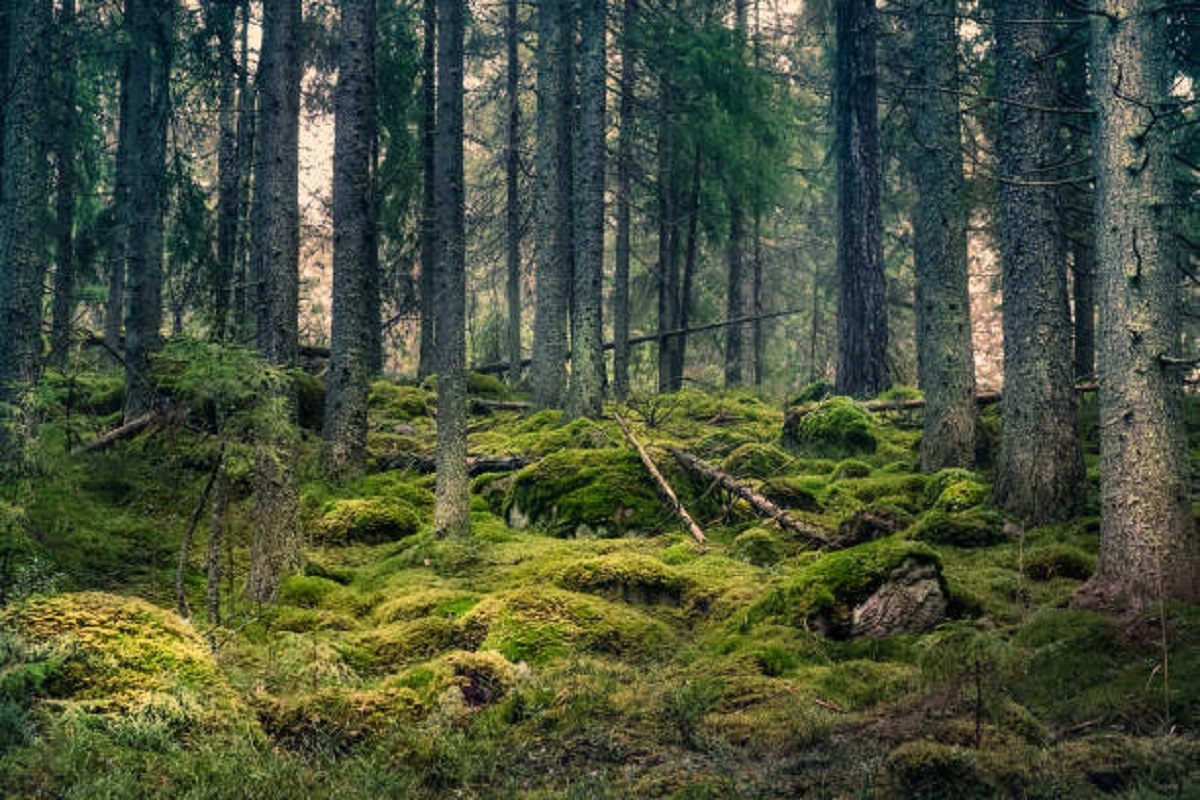Changing vegetation has been a key driver of global temperatures over the last 10,000 years, finds a study.
Warmer temperatures brought plants – and then came even warmer temperatures, according to new model simulations published in the journal Science Advances.
Advertisement
According to Alexander Thompson, a postdoctoral research associate in earth and planetary sciences at University of Washington in St. Louis, pollen records may tell the real story of global temperatures.
Models of Earth’s atmospheric temperatures since the last ice age showed temperatures warming consistently over time.
But Thompson noted that climate proxy records tell a different story. Many of those sources indicate a marked peak in global temperatures that occurred between 6,000 and 9,000 years ago.
He said that the models could be overlooking the role of changes in vegetation in favor of impacts from atmospheric carbon dioxide concentrations or ice cover.
“Pollen records suggest a large expansion of vegetation during that time,” Thompson said.
“But previous models only show a limited amount of vegetation growth,” he said. “So, even though some of these other simulations have included dynamic vegetation, it wasn’t nearly enough of a vegetation shift to account for what the pollen records suggest.”
In reality, the changes to vegetative cover were significant.
Early in the Holocene – the current geological epoch – the Sahara Desert in Africa grew greener than today, it was more of a grassland.
Other Northern Hemisphere vegetation including the coniferous and deciduous forests in the mid-latitudes and the Arctic also thrived.
Thompson took evidence from pollen records and designed a set of experiments with a climate model known as the Community Earth System Model (CESM). He ran simulations to account for a range of changes in vegetation that had not been previously considered.
“Expanded vegetation during the Holocene warmed the globe by as much as 1.5 degrees Fahrenheit,” Thompson said.
Understanding the scale and timing of temperature change throughout the Holocene is important because the rise of human agriculture and civilization occurred during this time.
“Overall, our study emphasises that accounting for vegetation change is critical,” Thompson said.
“Projections for future climate change are more likely to produce more trustworthy predictions if they include changes in vegetation.”











